Yoga Blog
Exploring the Chakra System: Essential Energy Concepts in Yoga Philosophy

This content delves into the chakra system, a fundamental concept in yoga philosophy. It explores the essential energy centers within the body and their significance. The discussion covers how these energy concepts relate to overall well-being and the practice of yoga. Understanding the chakras provides insight into the energetic body according to yoga traditions.
Table of Contents
- Section 1: Introduction: The Chakra System within Yoga Philosophy
- Section 2: Foundational Concepts: Prana, Nadis, and the Subtle Energy Body
- Section 3: Exploring the Seven Main Chakras: Locations, Qualities, and Significance
- Section 4: Chakras and Well-being: Connecting Energy Centers to Mind, Body, and Spirit
- Section 5: Yoga Practices for Chakra Balance and Activation
- Section 6: Integrating Chakra Awareness into Practice and Daily Life
Section 1: Introduction: The Chakra System within Yoga Philosophy
The chakra system represents a core concept within the philosophical framework of yoga, providing a map of the subtle energy body. These chakras, often described as spinning wheels or vortices of energy, are believed to be located along the central axis of the body, from the base of the spine to the crown of the head. Unlike physical organs, they are energetic centers where Prana, or life force energy, is concentrated and distributed. Understanding this system is foundational in yoga, as it links the physical, mental, and spiritual dimensions of existence. This introductory view sets the stage for exploring how the state of these energy centers influences overall health, consciousness, and the effectiveness of yogic practices aimed at balancing and activating this vital energy network.
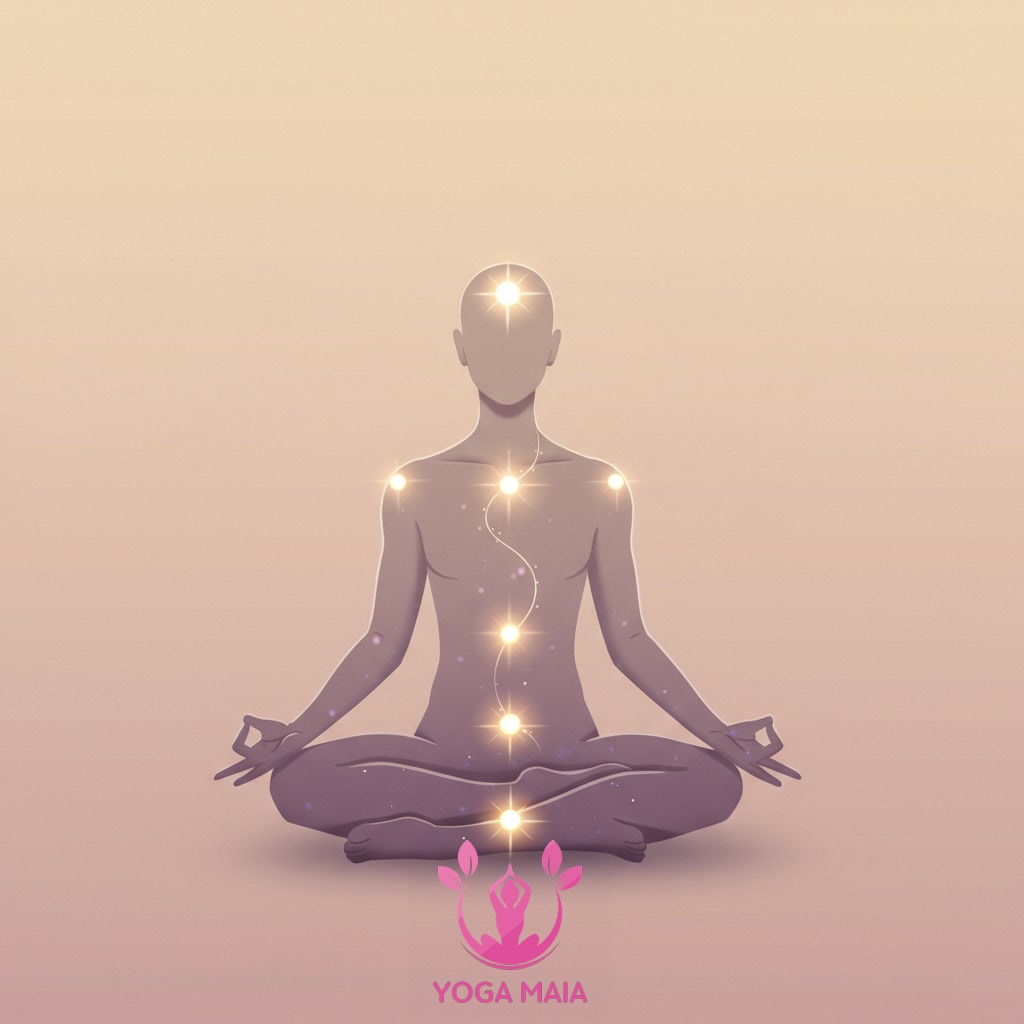 Introduction: The Chakra System within Yoga Philosophy
Introduction: The Chakra System within Yoga Philosophy
Section 2: Foundational Concepts: Prana, Nadis, and the Subtle Energy Body
Building upon the concept of the subtle energy body introduced previously, yoga philosophy identifies key components that govern its energetic flow. Prana, often translated as ‘life force’ or ‘vital energy,’ is the fundamental energy that animates the body and mind. This vital force circulates throughout a vast network of channels known as Nadis. These Nadis, estimated to be tens of thousands, are the pathways through which Prana travels, influencing physical, mental, and spiritual states. The subtle energy body, therefore, is a complex system comprising Prana flowing through the Nadis, with the chakras acting as major intersections or vortices within this network. Understanding the interplay of Prana, Nadis, and the subtle body is crucial for comprehending the energetic basis of health and consciousness in yogic traditions, providing the essential context for the chakra system.
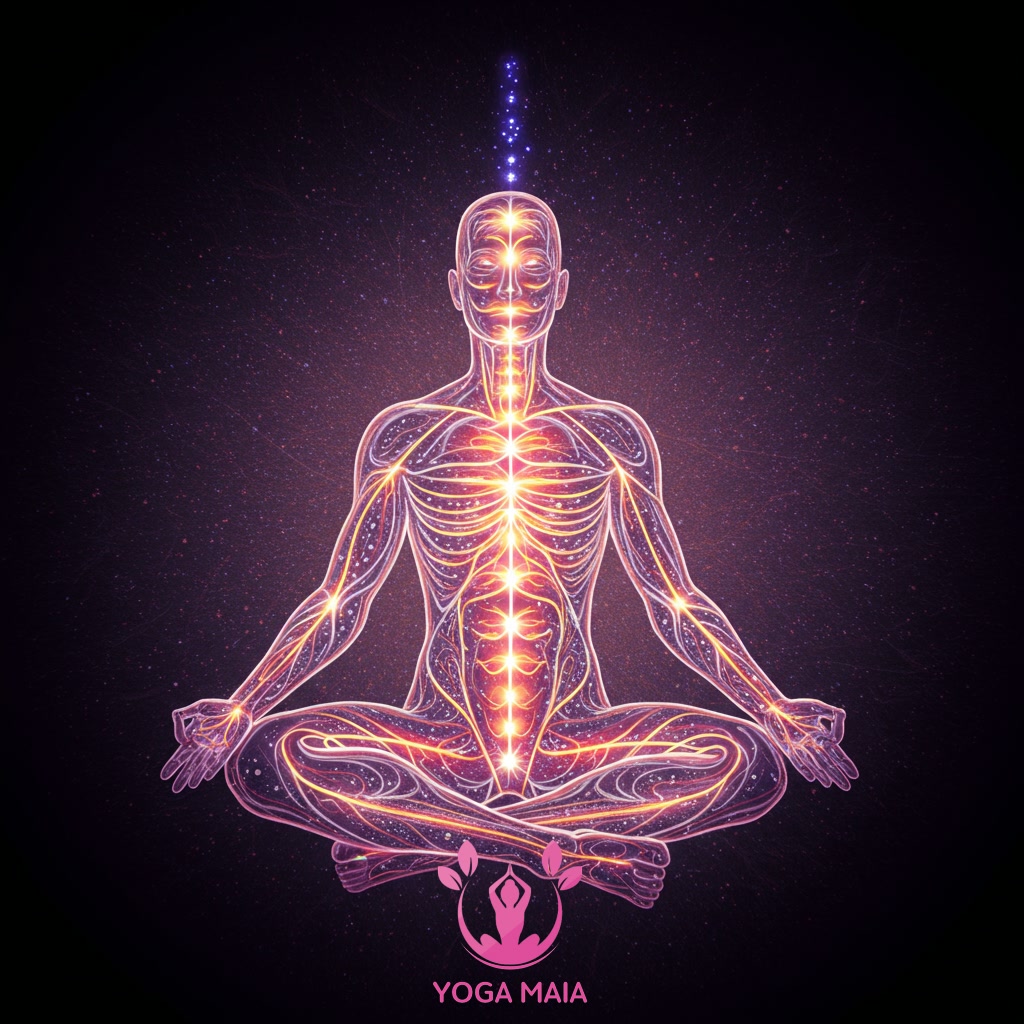 Foundational Concepts: Prana, Nadis, and the Subtle Energy Body
Foundational Concepts: Prana, Nadis, and the Subtle Energy Body
Section 3: Exploring the Seven Main Chakras: Locations, Qualities, and Significance
Building upon the understanding of prana flowing through the subtle body, yoga philosophy identifies key energy centers known as chakras. There are numerous chakras, but seven main ones are particularly significant, located along the central energy channel (sushumna nadi) running from the base of the spine to the crown of the head. Each chakra is associated with specific physical locations, colors, elements, and psychological or emotional qualities. For instance, the Muladhara (Root) chakra at the base is linked to stability and grounding, while the Anahata (Heart) chakra in the chest relates to love and compassion. Understanding these centers and their characteristics provides a framework for exploring how energy blockages or imbalances might manifest and how yoga practices aim to harmonize this vital flow for overall well-being.
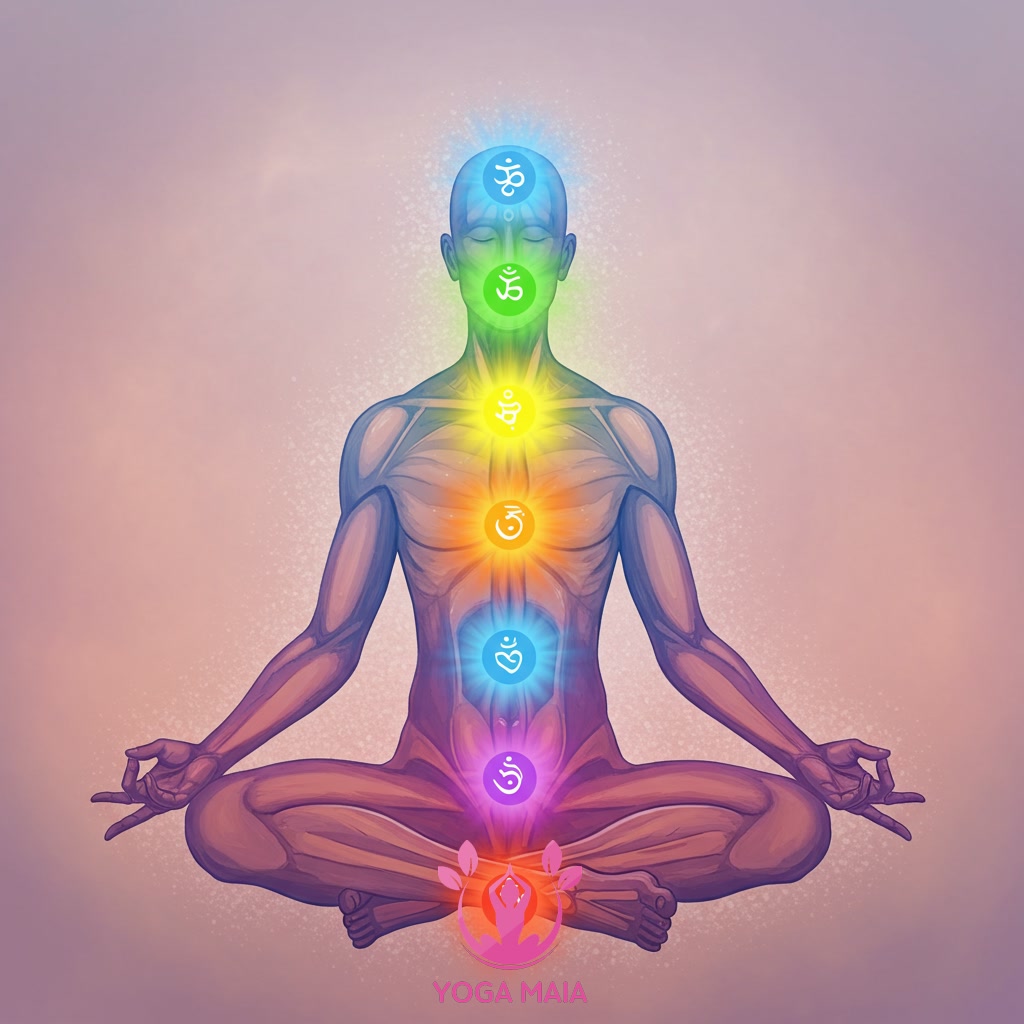 Exploring the Seven Main Chakras: Locations, Qualities, and Significance
Exploring the Seven Main Chakras: Locations, Qualities, and Significance
Section 4: Chakras and Well-being: Connecting Energy Centers to Mind, Body, and Spirit
Building upon the understanding of prana flowing through the subtle body, yoga philosophy identifies key energy centers known as chakras. There are numerous chakras, but seven main ones are particularly significant. Each of these seven main chakras is understood to govern specific aspects of our physical, mental, and emotional landscape. When these energy centers are balanced and flowing freely, they contribute to overall vitality, emotional stability, mental clarity, and a sense of spiritual connection. Conversely, blockages or imbalances within a chakra are believed to manifest as physical ailments, emotional distress, or mental fog corresponding to that center’s function. Therefore, understanding and working with the chakras through practices like yoga provides a framework for addressing well-being not just physically, but holistically, integrating mind, body, and spirit into a harmonious whole.
 Chakras and Well-being: Connecting Energy Centers to Mind, Body, and Spirit
Chakras and Well-being: Connecting Energy Centers to Mind, Body, and Spirit
Section 5: Yoga Practices for Chakra Balance and Activation
Building upon the understanding of prana flowing through the subtle body, yoga philosophy identifies key energy centers known as chakras. There are numerous chakras, but seven main ones are particularly significant. Yoga practices, encompassing asana (physical postures), pranayama (breath control), and meditation, are powerful tools for influencing these energy centers. Specific yoga poses are often associated with stimulating or balancing particular chakras, helping to clear energetic blockages and promote the harmonious flow of prana. Pranayama techniques regulate the breath, which is considered the vehicle of prana, thereby directly impacting the vitality and balance of the chakras. Meditation cultivates stillness and awareness, allowing one to connect with the subtle energy body and perceive or influence the state of the chakras, ultimately supporting overall well-being and spiritual growth.
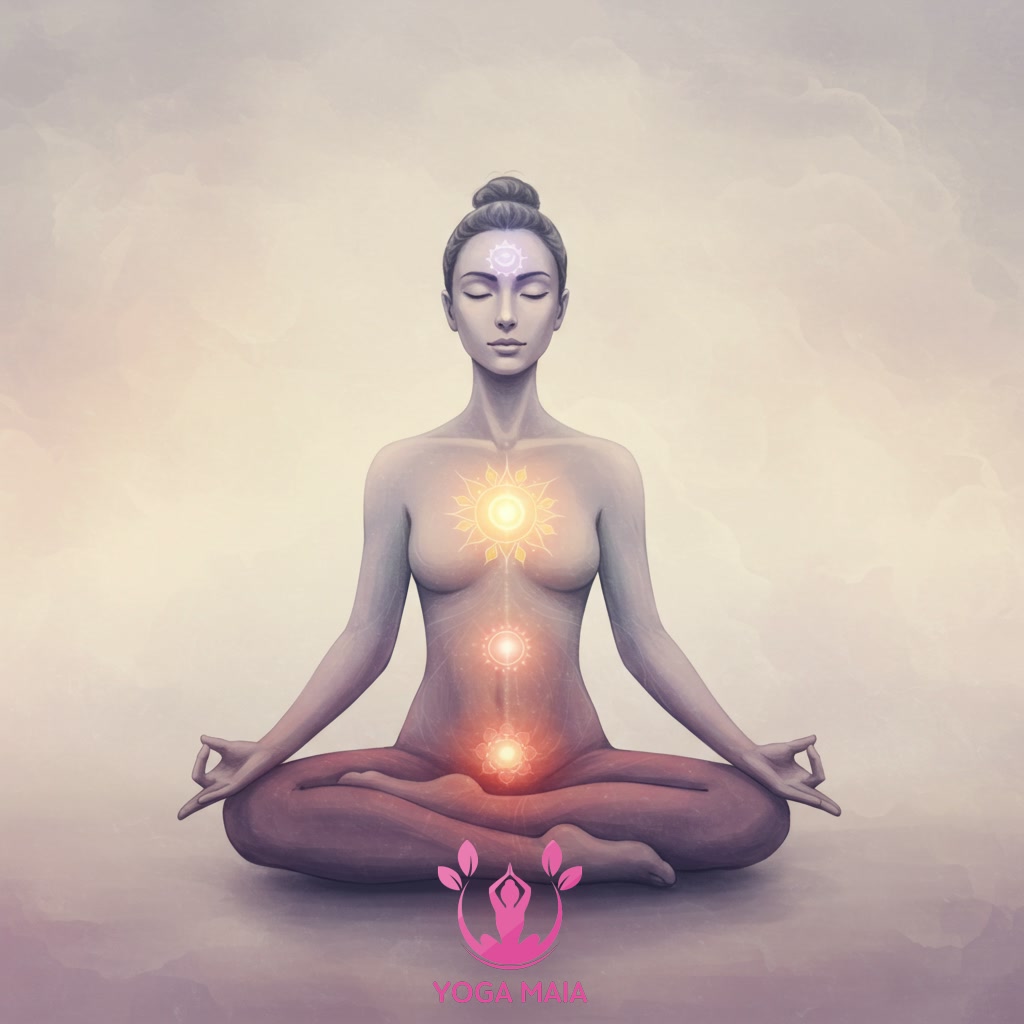 Yoga Practices for Chakra Balance and Activation
Yoga Practices for Chakra Balance and Activation
Section 6: Integrating Chakra Awareness into Practice and Daily Life
Building on the understanding of the seven main chakras as vital energy hubs, the practice of integrating chakra awareness aims to harmonize these centers for enhanced vitality and balance. This integration can be achieved through various yoga practices. Specific asanas are believed to stimulate particular chakras, while pranayama techniques can direct energy flow (prana) through the subtle channels (nadis) connected to these centers. Meditation and mindful presence are also powerful tools, allowing individuals to cultivate an inner awareness of their energetic state and identify areas that may feel blocked or overactive. By consciously directing breath, focus, and intention towards the chakras, practitioners seek to release stagnant energy, promote smooth flow, and foster overall physical, mental, and emotional well-being, extending this awareness beyond the mat into daily life interactions and decisions.
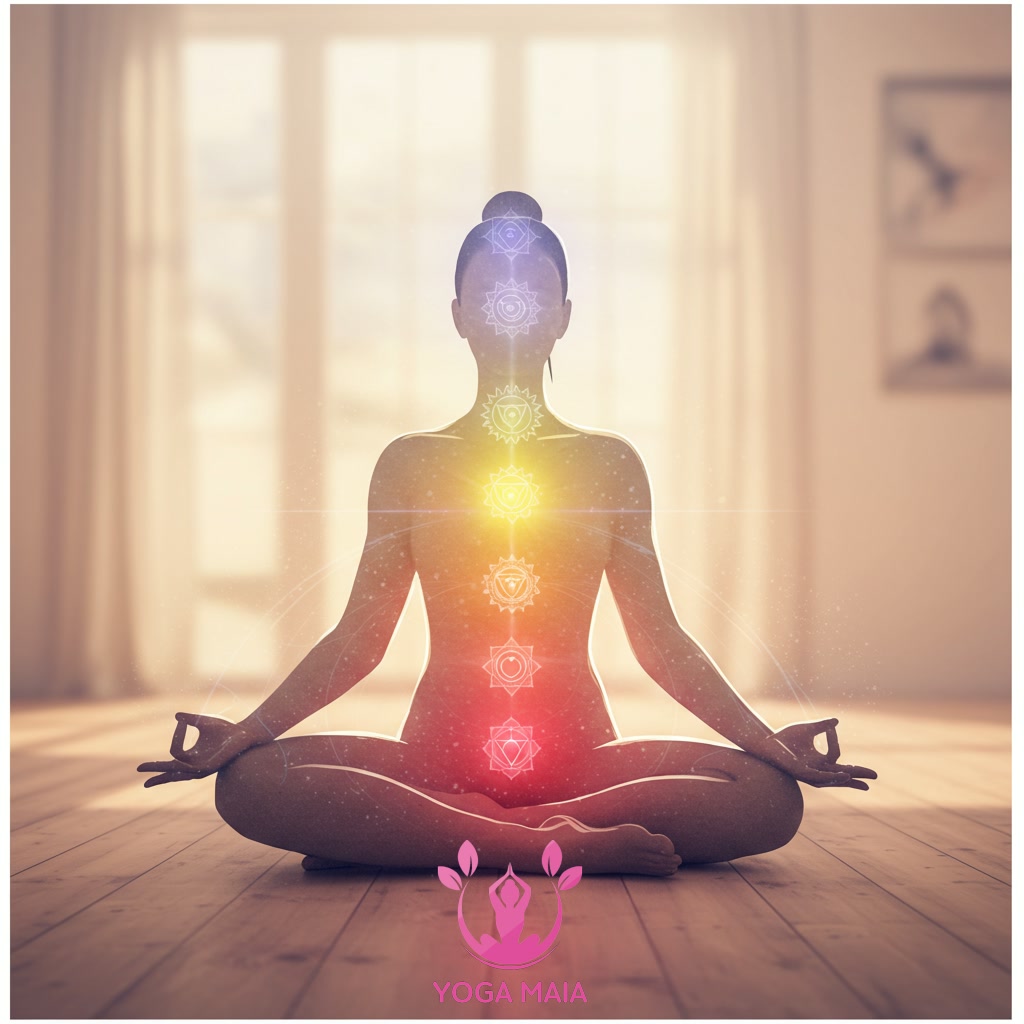 Integrating Chakra Awareness into Practice and Daily Life
Integrating Chakra Awareness into Practice and Daily Life
